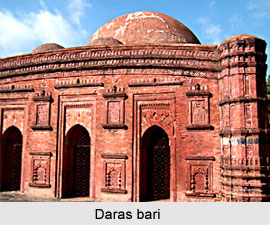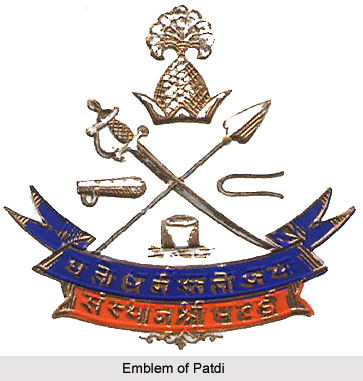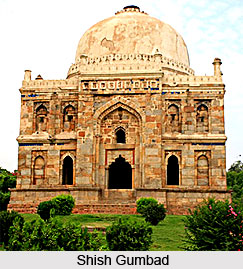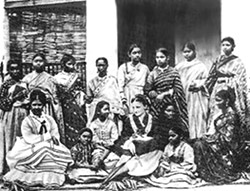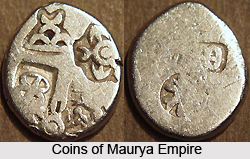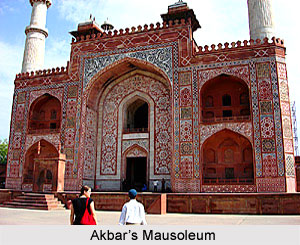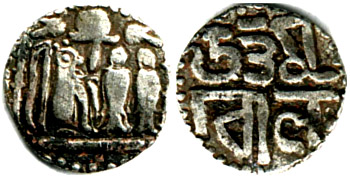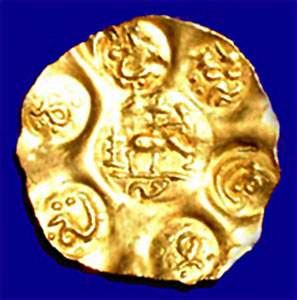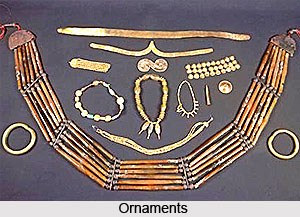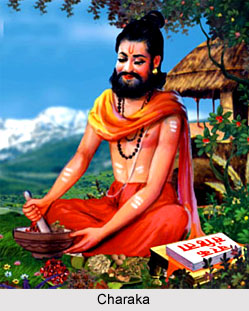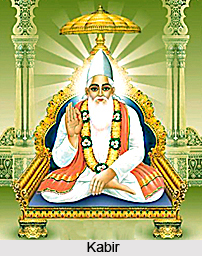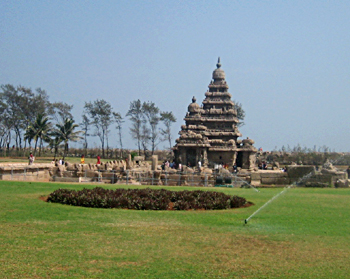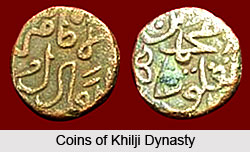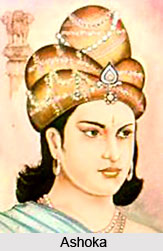Superintendent of Cows shall keep an account of the maintenance of herds which are required for various purposes in an agro based society. Arthashastra in its XXIX chapter of Book II, divides the range of herds into eight categories which include herds maintained for wages; herds surrendered for a fixed amount of dairy produce; useless and abandoned herds; herds maintained for the share of dairy produce; classes of herds; cattle that strayed; cattle that are irrecoverably lost; and the amassed quantity of milk and clarified butter which is further explained in the latter part of the chapter.
Superintendent of cows shall supervise the maintenance of various categories of herds which has been described in Arthashastra. When the cowherd, buffalo- herdsman, and other herdsmen fed by wages, graze milch cows in hundreds which add to the profit produced by the production of ghee and butter, this has been classified as herds maintained for wages; when a single person rears a hundred heads made up of equal number of various types of herds and gives 8 vakras of clarified butter along with share of branded skin, that system is called herds surrendered for a fixed amount of dairy produce. Those who rear a hundred head of cattle which are either crippled or aged and cannot produce milk or other products are categorised as useless and abandoned herds. When the herds are kept under the protection of the superintendent with a payment of 1/10th of dairy produce it is demarcated as herds maintained for a share in dairy produce.
Superintendent of cows has to then classify each types of herds as to which are fit for flesh; some of the cattle which are too young as they have been just born; while some are fit for producing dairy products particularly milk, then these are called `class of herds`. Superintendent of Cows then specifies that when cattle are carried off by thieves, it is called lost whereas when the cattle face death due to old age or disease or drowned in water it is called irrecoverable loss. Thus, it remains the responsibility of the cowherds to take full care of their herds and protect them from external attacks. If someone is able to recover some of the animals or is successful in protecting them from attack shall receive a set amount as reward from the superintendent.
Superintendent of Cows will then make provisions regarding the area to graze where it remains the responsibility of the cowherds to take care of their protection from the wild animals like tigers, and crocodiles. Among other duties of a superintendent of cows is to look after the periodical rearing of cattle as the herds of sheep need to get reared after every six months according to which required taxes will be levied. Also in case of cows and other milching herd that will be fixed on the fixed products of milk like curd, butter etc which is produced by churning. The superintendent will further take care of providing all amenities which are required for the herds like nose rings for buffaloes, required amount of bajra required for the fodder of the cattle etc.
Thus the role of a Superintendent of Cows, as described in Arthashastra, holds a relevant place as the amount of the cattle would decide the strength of the king and the resource of his kingdom. The ancient Indian culture which basically depended on agrarian society was completely reflected in the description given by Kautilya regarding the duties of Superintendent of Cows.


